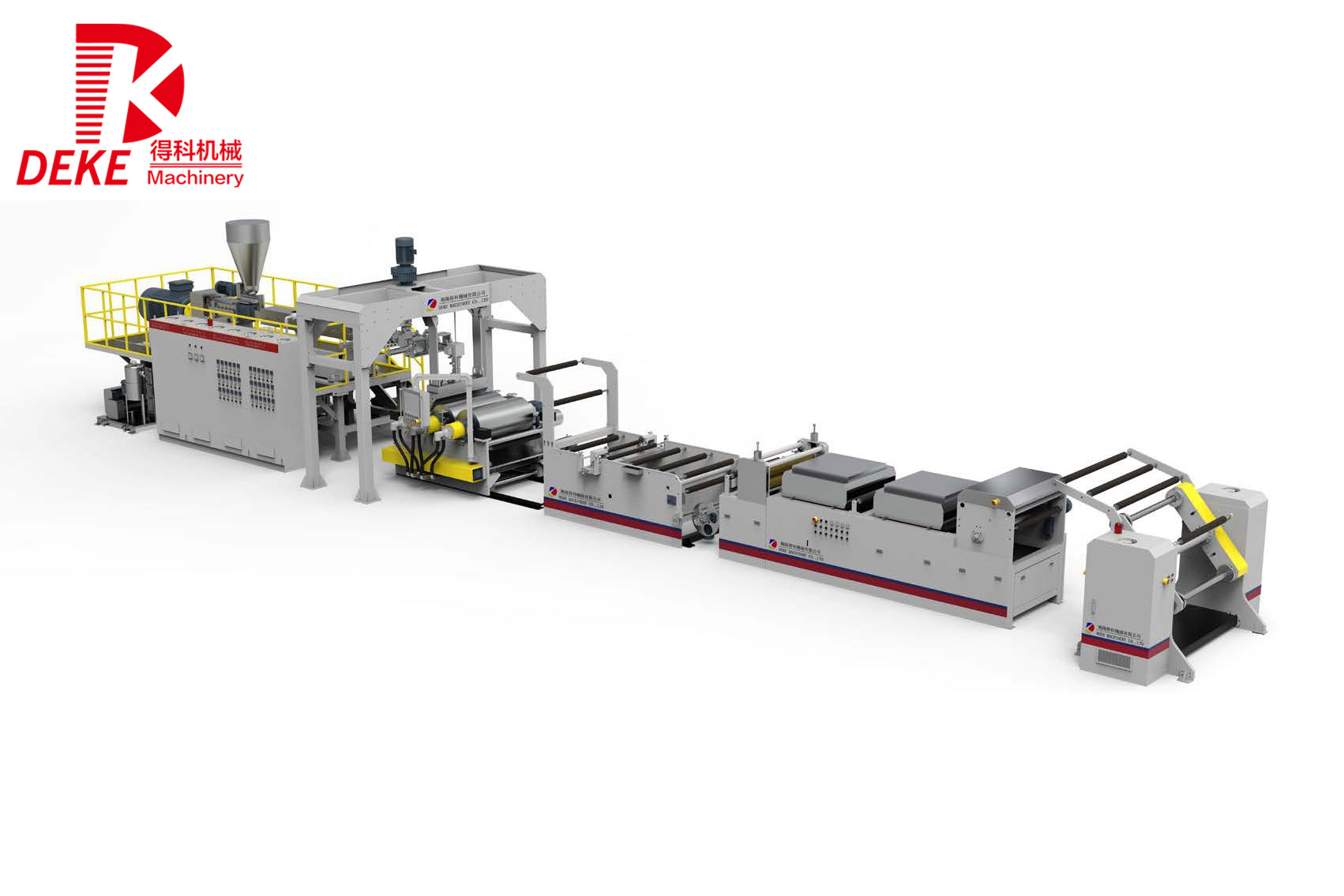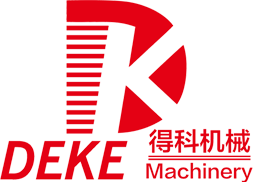Unlocking Efficiency: The Comprehensive Benefits of Using a Parallel Twin Screw Extruder
2025-01

Unlocking Efficiency: The Comprehensive Benefits of Using a Parallel Twin Screw Extruder
Table of Contents
1. Introduction to Parallel Twin Screw Extruders
2. What is a Parallel Twin Screw Extruder?
3. Key Features of Parallel Twin Screw Extruders
3.1. Unique Design and Configuration
3.2. Versatile Processing Capabilities
4. Benefits of Using Parallel Twin Screw Extruders
4.1. Enhanced Efficiency and Productivity
4.2. Superior Mixing and Dispersion
4.3. Flexibility in Material Processing
4.4. Improved Product Quality
5. Applications in the Manufacturing Industry
5.1. Plastics Industry
5.2. Food Processing
6. Comparison with Other Extrusion Technologies
7. Common Challenges and Solutions
8. Future Trends in Twin Screw Extrusion Technology
9. Frequently Asked Questions (FAQs)
10. Conclusion
1. Introduction to Parallel Twin Screw Extruders
In the fast-paced world of manufacturing, efficiency and quality are paramount. The **parallel twin screw extruder** has emerged as a revolutionary tool, significantly enhancing the production processes in various industries. This article delves into the benefits of using parallel twin screw extruders, exploring their unique features, applications, and how they contribute to operational efficiency.
2. What is a Parallel Twin Screw Extruder?
A parallel twin screw extruder consists of two identical, intermeshing screws that rotate in the same direction, enabling them to efficiently mix, melt, and shape materials. This innovative design allows for a more uniform distribution of heat and shear, which is essential for processing thermoplastics and other materials. The parallel configuration offers numerous advantages, making it a preferred choice for manufacturers aiming for optimal performance.
3. Key Features of Parallel Twin Screw Extruders
3.1. Unique Design and Configuration
The design of parallel twin screw extruders features closely aligned screws that work in synchrony. This configuration allows for a smooth flow of materials through the barrel, ensuring consistent processing. The screws can be designed with various geometries, enabling manufacturers to tailor the extruder to specific applications.
3.2. Versatile Processing Capabilities
Parallel twin screw extruders are known for their versatility. They can handle a wide range of materials, including polymers, additives, and even food products. This adaptability allows manufacturers to utilize the same equipment for different processes, reducing the need for multiple machines and saving costs.
4. Benefits of Using Parallel Twin Screw Extruders
4.1. Enhanced Efficiency and Productivity
One of the most significant advantages of parallel twin screw extruders is their ability to increase efficiency. The intermeshing design allows for better material distribution and faster processing times. This means manufacturers can produce more products in less time, leading to higher productivity levels.
4.2. Superior Mixing and Dispersion
The unique arrangement of screws in parallel twin screw extruders ensures superior mixing and dispersion of materials. This is crucial in applications where additives need to be evenly distributed within a polymer matrix. The thorough mixing improves the overall quality of the end product, making it more consistent and reliable.
4.3. Flexibility in Material Processing
Parallel twin screw extruders can process a wide variety of materials, including those with different viscosity levels. Whether dealing with high-viscosity polymers or low-viscosity additives, these extruders can adapt to the requirements of the material, providing manufacturers with the flexibility they need to innovate.
4.4. Improved Product Quality
With enhanced mixing capabilities and controlled processing conditions, parallel twin screw extruders contribute to improved product quality. The ability to maintain consistent temperatures and shear rates leads to uniformity in the end products, which is vital in industries where quality standards are stringent.
5. Applications in the Manufacturing Industry
Parallel twin screw extruders find applications in various sectors, showcasing their versatility and effectiveness.
5.1. Plastics Industry
In the plastics industry, parallel twin screw extruders are extensively used for compounding, blending, and pelletizing. They facilitate the incorporation of additives into plastic matrices, enhancing the properties of the final products, such as strength, durability, and thermal stability.
5.2. Food Processing
The food processing industry also benefits from parallel twin screw extruders, particularly in producing extruded snacks and cereals. The ability to process both dry and wet ingredients ensures a wide range of food products can be manufactured efficiently.
6. Comparison with Other Extrusion Technologies
When compared to single screw extruders and other extrusion technologies, parallel twin screw extruders stand out due to their superior mixing capabilities and flexibility in processing. Single screw extruders, while effective, do not offer the same level of control over material flow and mixing, which can affect product quality.
7. Common Challenges and Solutions
Despite their advantages, parallel twin screw extruders may present certain challenges, such as wear and tear of the screws or the need for precise temperature control. To address these issues, regular maintenance and monitoring of processing conditions are essential. Implementing advanced control systems can further enhance performance and mitigate challenges.
8. Future Trends in Twin Screw Extrusion Technology
As technology continues to evolve, parallel twin screw extruders are expected to incorporate more sophisticated features, such as automation and digital monitoring. These advancements will streamline operations and further improve efficiency, making them an even more invaluable asset to the manufacturing industry.
9. Frequently Asked Questions (FAQs)
1. What are the main advantages of using a parallel twin screw extruder?
The main advantages include enhanced efficiency, superior mixing capabilities, flexibility in processing various materials, and improved product quality.
2. How do parallel twin screw extruders compare to single screw extruders?
Parallel twin screw extruders offer better mixing and material handling capabilities, while single screw extruders are typically simpler and less expensive.
3. What industries commonly use parallel twin screw extruders?
Common industries include plastics, food processing, pharmaceuticals, and chemicals, among others.
4. Are parallel twin screw extruders suitable for small-scale production?
Yes, they can be adapted for small-scale production, though their efficiency is most pronounced in larger operations.
5. What maintenance is required for parallel twin screw extruders?
Regular maintenance includes checking for wear and tear, cleaning, and monitoring processing conditions to ensure optimal performance.
10. Conclusion
In conclusion, parallel twin screw extruders are invaluable tools in the manufacturing industry, offering a multitude of benefits that enhance efficiency, flexibility, and product quality. Their unique design and capabilities make them a key asset for businesses looking to optimize their production processes. As technology advances, we can expect even greater innovations in twin screw extrusion, further solidifying their place as a cornerstone of modern manufacturing. Embracing this technology will undoubtedly pave the way for improved operations and successful outcomes in various industries.
Previous Page:
RELATED INFORMATION
Understanding the Benefits and Functionality of Parallel Twin Screw Extruders
Parallel twin screw extruders are specialized machines widely used in the plastic processing industry. As the name suggests, these extruders feature two parallel screws that rotate synchronously within a barrel, providing a unique method of material handling and processing. This design allows for enhanced mixing, compounding, and extrusion of a variety of materials, making them an essential tool f
Exploring the Mechanisms Behind Parallel Twin Screw Extruders: A Comprehensive Guide
Exploring the Mechanisms Behind Parallel Twin Screw Extruders Table of Contents Introduction to Parallel Twin Screw Extruders Understanding the Structure of Parallel Twin Screw Extruders Mechanical Principles of Extrusion Advantages of Parallel Twin Screw Extruders Applications in the Plastic Processing Industry Common Challenges and Solutions Maintenance and Optimizat



